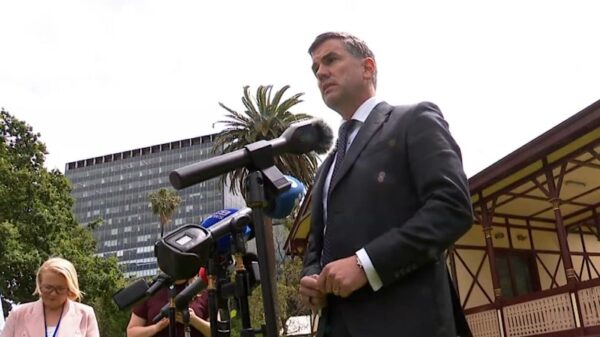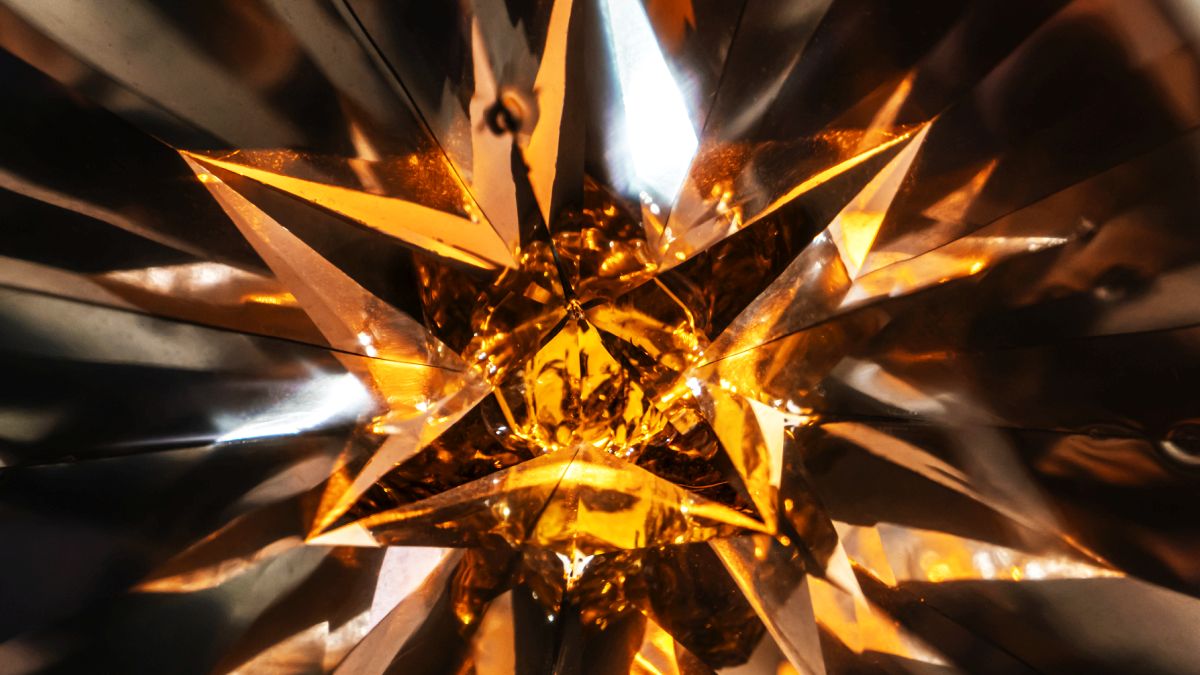A groundbreaking discovery in the field of physics has unveiled a unique type of time crystal, termed a time rondeau crystal, which exhibits both order and chaos. Researchers from the University of California, Berkeley, and the Max Planck Institute for the Physics of Complex Systems in Germany conducted experiments demonstrating that this crystal can oscillate in a repeating yet non-periodic manner. This finding opens new avenues in understanding how matter can manage time.
The team, led by physicists Leo Joon Il Moon and Paul Schindler, highlights the significance of their work, stating, “In this work, we reveal the existence of new types of temporal order, arising from non-periodic but structured drives.” Their findings, published in Nature Physics, indicate that breaking the periodicity of the drive can lead to unusual forms of temporal order.
Time crystals were first theorized by Frank Wilczek in 2012 and were observed experimentally for the first time in 2016. Unlike conventional crystalline structures, which possess a repeating three-dimensional atomic lattice, time crystals defy the standard flow of time. They consist of particles that oscillate in their lowest energy states, creating patterns that can perfectly overlap, akin to the spatial arrangement of atoms in a regular crystal.
A novel aspect of the time rondeau crystal is its resemblance to a musical structure. According to the researchers, the oscillations within the crystal can be seen as alternating themes, reminiscent of the classical music form known as a rondeau. The researchers write, “A pattern comprising a repeating theme (here stroboscopic order) that alternates with a contrasting variation theme (here short-time temporal disorder) is known in classical music as a rondeau.”
The researchers utilized nitrogen-vacancy centers in diamonds to create their time crystal. These centers are lattice sites where an atom should be located but is absent. By employing lasers to excite these vacancies, the team hyperpolarized the nuclear spins of carbon-13 atoms within the diamond. They then drove the spins through a series of precisely timed pulses, ranging from periodic to random sequences.
Throughout their experiments, the team monitored hundreds of drive cycles, discovering that the time crystals sometimes oscillated for over 4 seconds before showing signs of decay. Interestingly, despite the inherent disorder within each cycle, the overall state of the time crystal consistently repeated at the start of each cycle. The researchers liken this to a strobing light that captures a pattern in a rotating wheel.
In a further demonstration of their findings, the research team encoded a message into the timing of the pulses, stating, “Experimental observation of a time rondeau crystal. Temporal Disorder in Spatiotemporal Order,” using the ASCII standard. While practical applications of this discovery remain speculative, the implications for future research are intriguing.
The researchers conclude, “Our experiments open a promising new avenue to investigate temporal order, demonstrating the long-lived stable coexistence of long-range temporal order and micromotion disorder at short timescales.” As the scientific community continues to explore these new forms of temporal behavior, the time rondeau crystal represents a significant step forward in our understanding of time and matter.






























































